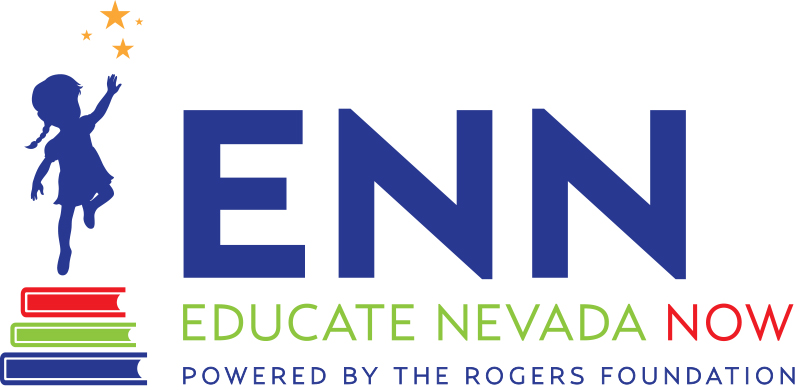What is the lawsuit about?
The lawsuit makes the case that Nevada is not upholding its constitutional obligation to provide students with sufficient resources to meet or exceed the state’s own mandated standards and expectations. As a result, students have to deal with overcrowded classrooms, teachers pay for critical supplies out of their own pockets, classrooms do not have enough aides to support students and teachers, textbooks and equipment are outdated, and the availability of programs and electives continue to dwindle.
Who is being sued?
The defendants in the case are the the State of Nevada, Nevada Department of Education and the Nevada State Board of Education.
Who is suing the state?
This lawsuit is brought forth by parents of students in public schools throughout the state, many who require additional supports to meet their children’s unique needs. These children, like many children throughout the state, have felt the effects of insufficient resources in their schools.
Who is representing the parents in the lawsuit?
Educate Nevada Now, The Rogers Foundation, along with pro bono partners Wolf, Rifkin, Shapiro, Schulman & Rabkin, and Holland & Hart are representing the parents in this case.
Why is the lawsuit necessary?
Although the state has increased mandates and requirements on students, teachers, and districts, the availability of essential resources for K-12 schools have not kept up with the needs of schools and students.
Overcrowded classrooms continue to be a growing problem, not all students with unique needs are provided with additional resources to succeed, schools at low-income areas continue to have the highest vacancies and least experienced educators.
In a national study, Nevada received an “F” for effort and ranked towards the bottom based on how it funds its schools relative to percentage of the gross state product put into education. (Albert Shanker Institute)
As a result of not having adequate resources for its public school students Nevada is ranked towards the bottom in education achievement, according to the Quality Counts National Report Card.
68% of EL students and 84% of FRL students receive no additional state funding for resources to supplement their education.
In Nevada on the SBAC (Nevada assessment exams) only 21% of 8th grade students and 30% of 7th grade students were found to be proficient in math.
Less than 50% of Nevada students are considered to be proficient in math and reading in 3rd, 4th, 5th, 7th and 8th grade levels. Meaning at least half of Nevada students enter high school without the necessary reading and math skills.
Students with unique needs fare far worse with only 5% of English learners (EL), 20% of low-income students (FRL) and 6% of students with disabilities deemed proficient in 8th grade math and similar scores in reading.
Hasn’t the state addressed these issues in the past?
The state passed a new school funding formula, but like the existing formula, it bears no relationship to the actual resources necessary for Nevada students to succeed and be career, college, and community ready.
Funds from recent tax increases raised specifically for K-12 have failed to meet the needs of students and schools because often funds raised from these revenue sources have supplanted, rather than supplemented the education budget.
Is this a statewide issue?
School districts across the state have funding challenges and have been forced to make budget cuts, increase class sizes, cut electives, librarians and other STEM and extra curricular classes.
Is this the first education adequacy lawsuit in Nevada?
Yes, Nevada was one of only three states that had not been sued for unconstitutional K-12 education systems. The other two are Hawaii and Utah.
How can I support this lawsuit?
We’d love to hear from you. Share your story of how inadequate resources, large class sizes, long-term substitutes and other issues have impacted your child’s education to educatenevadanow@gmail.com or visit to learn more.
Join other organizations or efforts focused on increasing resources for K-12 public school.
Educate your family, friends and colleagues about the need for additional resources.
